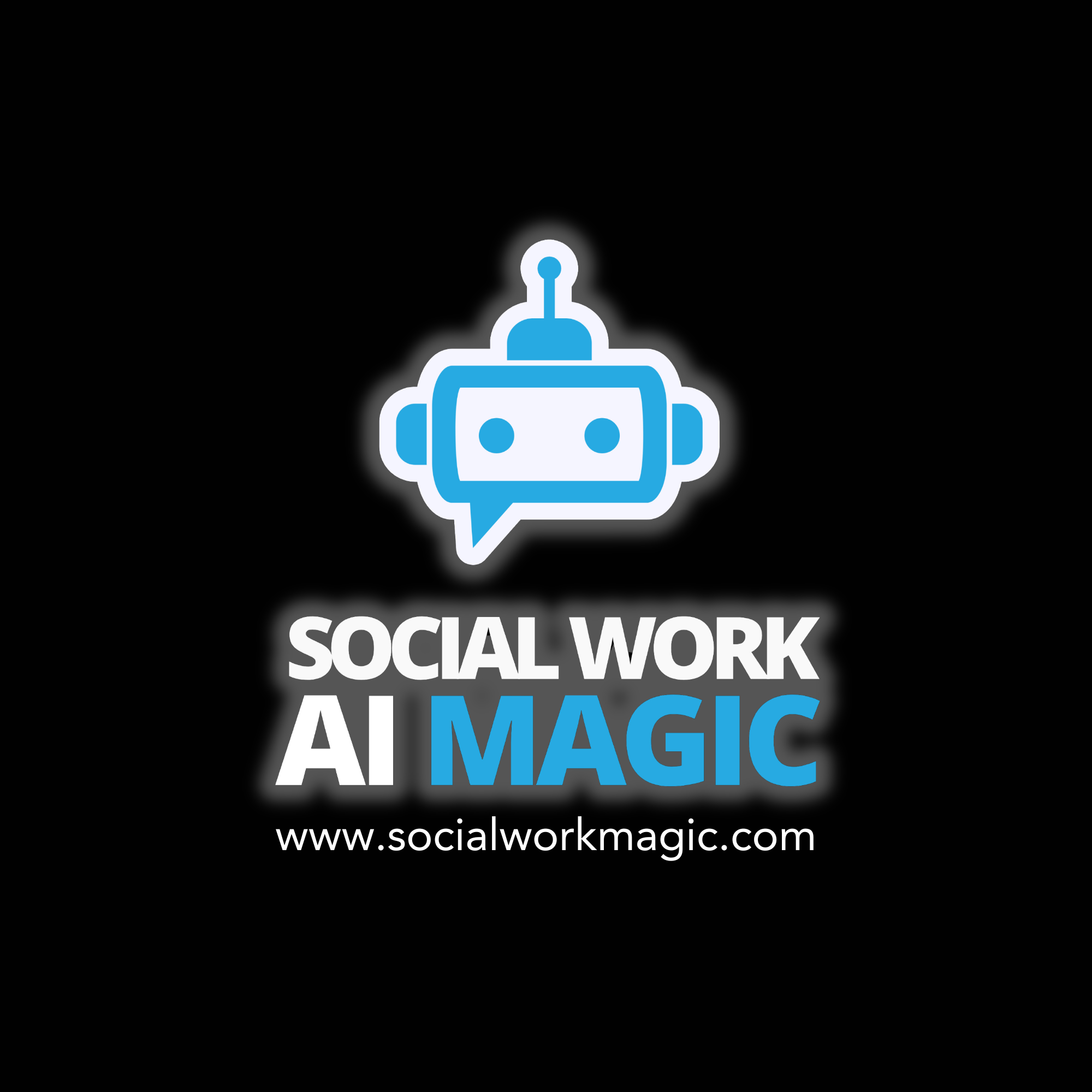The Reality of Using Social Work AI on the Job
- Social Work AI Magic

- Jun 19, 2024
- 3 min read
In the past year and a half, I've encountered many professionals who are unsure about whether using AI on their job is allowed, ethical, or even legal. When I initially developed the Social Work Magic Tool, I assumed that social workers and other helping professionals would be eager to adopt this new technology into their practice. However, I've come to find out that the reality is more complex.
The Reality of Using AI on the Job
Many social workers are hesitant to use AI because they’re unsure about the legal and ethical boundaries. Questions like, “Is this legal?” or “Could I get fired for using this tool?” are common, and frankly completely legitimate. The use of AI in social services is still relatively new, and many organizations have yet to establish clear guidelines or policies on any possible integration.
In my experience, there are still few organizations with comprehensive rules for AI use. The uncertainty that this causes can be a significant barrier for those wanting to incorporate AI into their daily tasks. As such, it’s crucial for Social Workers and other helping professionals to have a framework that assists them with the responsible, ethical, and practical use of these tools.
AI and Workplace Compliance: A Necessary Step
No one wants to risk their job or reputation by using an unapproved or unsanctioned tool. Therefore, it’s essential to check with your supervisors or organizational leaders to understand the specific rules regarding AI use in your workplace (if any even exist). Large organizations, social services agencies, and bureaucracies might be slow to adopt new technologies due to their busy schedules or a lack of familiarity with the latest advancements. This often results in a default “no” to new tools. At best, I have seen organizations lean on new interpretations of their general technology guidelines and policies to try and "gocern" AI use in the organization.
Knowing your organization’s stance on AI helps to ensure that you remain compliant and avoid any potential "issues" with your employer. It might limit your use of AI, but it’s always better to be safe than sorry. On the other hand, some forward-thinking organizations have already developed policies for AI use. If your workplace is one of these, make sure you understand and follow these guidelines to utilize AI effectively and responsibly.
The Fourth Pillar of Responsible AI Use
This brings us to the fourth pillar of responsible AI use in social work (from the "Six Piilars of Practical and Responsible AI Use for Social Workers Guidebook):
"Always check use permissions before incorporating AI tools on the job."
In general, this principle is about ensuring that, whenever possible, you are using AI within the legal and ethical boundaries set by your organization. It’s about being proactive in understanding and adhering to the policies that govern AI use in your workplace.
For those interested in a deeper dive into these principles, I am in the process of creating a series of YouTube videos which offer valuable insights that can help you navigate the complexities of integrating AI into your practice. You can find those videos here:
Stay informed, stay ethical, and keep pushing the boundaries of what’s possible with AIresponsibly. Don’t forget to follow or subscribe to stay updated on future insights and discussions. Let’s continue to innovate, ensuring that we use AI tools to enhance our work without compromising our professional standards.
Stay curious, stay ethical, and keep Social Workin' responsibly!



Comments